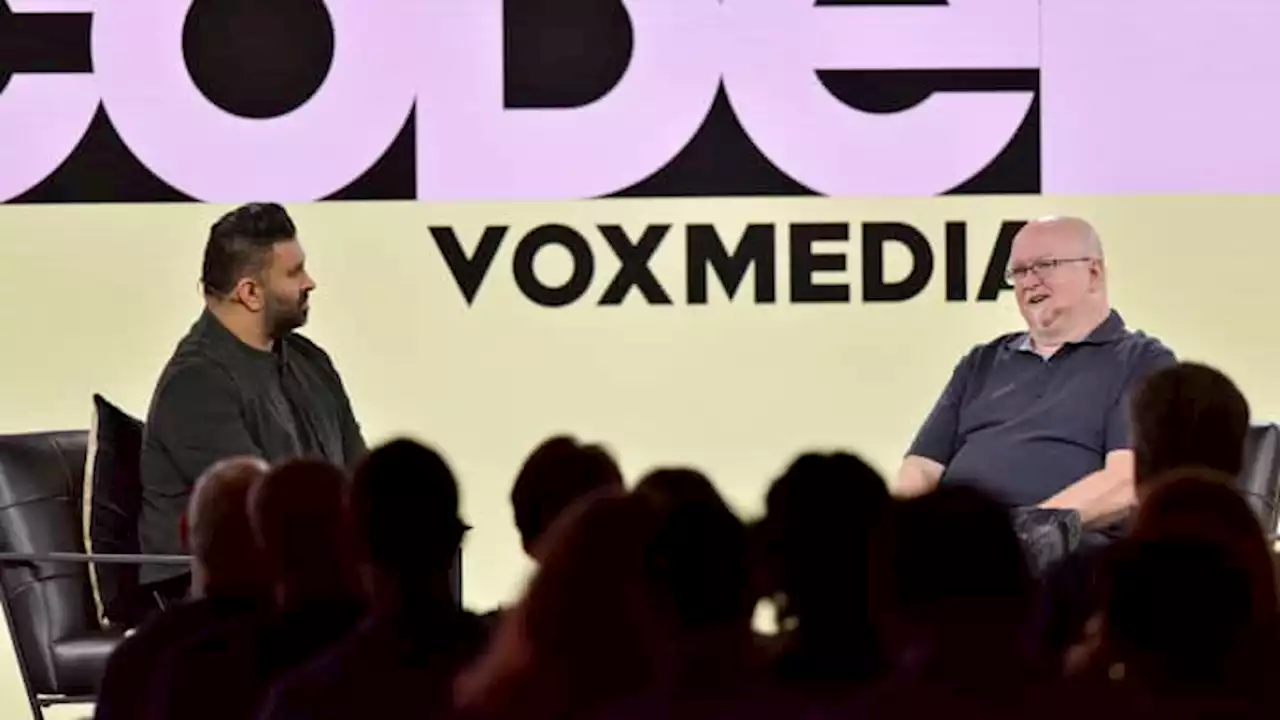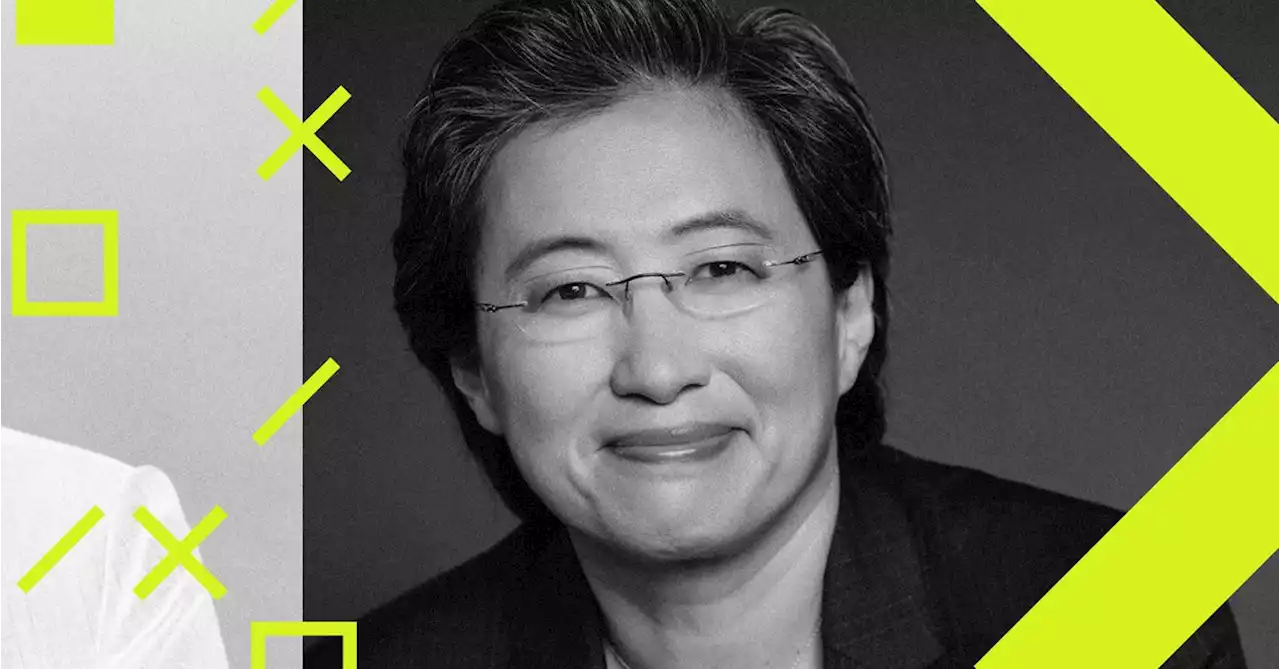At this year’s Code Conference, AMD CEO Lisa Su revealed how the company is using AI in chip design, the future outlook of the GPU business and chip supply chain, and how AMD plans to compete with Nvidia’s H100.
The hottest GPU in the game is Nvidia’s H100 chip. But AMD is working to compete with a new chip Lisa told us about called the MI300 that should be as fast as the H100. There’s also a lot of work being done in software to make it so that developers can move easily between Nvidia and AMD. So we got into that.
And the key for everyone is, when I talk to CEOs, people are all asking, “I know I need to pay attention to AI. I know I need to do something. But what do I do? It’s so complicated. There are so many different factors.” And with these foundational models like Llama, which are great foundational models, many enterprises actually want to customize those models with their own data and ensure that you can do that in your private environment and for your application. And that’s what Lamini does.
It’s interesting. I’ve been in the semiconductor business for, I don’t know, the last 30 years, and for the longest time, people didn’t really even understand what semiconductors were or where they fit in the overall supply chain and where they were necessary in applications. I think the last few years, especially with the pandemic-driven demand and everything that we’re doing with AI, people now are really focused on semiconductors.
I do think that if you look at the CHIPS and Science Act and what it’s doing for the semiconductor industry in the United States, it’s really a fantastic thing. I have to say, hats off to Gina Raimondo and everything that the Commerce Department is doing with industry. These are long lead time things. The semiconductor ecosystem in the US needed to be built five years ago. It is expanding now, especially at the leading edge, but it’s going to take some time.
I talked to Intel CEO Pat Gelsinger when he broke ground in Ohio. They’re trying to become a foundry. Heto me, “I would love to have an AMD logo on the side of one of these fabs.” How close is he to making that a reality? The way I look at these things is we are a global company. China’s an important market for us. We do sell to China more consumer-related goods versus other things, and there’s an opportunity there for us to really have a balanced approach into how we deal with some of these geopolitical matters.I think TSMC has put a tremendous amount of supply on the table. I mean, if you think about the CapEx that’s happened over the last three or four years, it’s there because we all need more chips.
We are excited about our road map. I think with high-performance computing, I would call generative AI the killer app for high-performance computing. You need more and more and more. And as good as today’s large language model is, it can still get better if you continue to increase the training performance and the inference performance.
If you look at what Wall Street thinks Nvidia’s mode is, it’s CUDA, it’s the proprietary software stack, it’s the long-running relationships with developers. You have ROCm, which is a little different. Do you think that that’s a moat that you can overcome with better products or with a more open approach? How are you going about attacking that?
PyTorch is a big deal, right? This is the language that all these models are actually coded in. I talk to a bunch of cloud CEOs. They don’t love their dependency on Nvidia as much as anybody doesn’t love being dependent on any one vendor.
Well, first of all, I love Kevin Scott. He’s a great guy, and we have a tremendous partnership with Microsoft across both the cloud as well as the Windows environment. I think you should ask him the question. But I think if you were to ask him or if you were to ask a bunch of other cloud manufacturers, they would say it’s absolutely possible. Yes, it takes work.
That brings me to open source and, honestly, to the idea of how we will regulate this. So there’s a White House meeting, everyone participates, great. Everyone’s very proud of each other. You think about how you will actually enforce AI regulation. And it’s okay, you can probably tell AWS or Azure not to run certain work streams. “Don’t do these things.” And that seems fine.
I think this is going to be one of the most complicated... I don’t think we expect our chips to be limited in what we can do, and it feels like this is a question we have to ask and answer.
Nigeria Latest News, Nigeria Headlines
Similar News:You can also read news stories similar to this one that we have collected from other news sources.
 “There’s been a bunch of leaks about first party silicon,”says Microsoft CTO Kevin Scott. So is he confirming that Microsoft is developing AI chips with AMD? “I’m not confirming anything,” he adds. But it sure sounds like something is in the works. “We’re doing a bunch of interesting work with [AMD CEO Lisa Su], and I think they’re making increasingly compelling GPU offerings,” Scott says. “I think they are gonna become more and more important in the marketplace in the coming years.”
“There’s been a bunch of leaks about first party silicon,”says Microsoft CTO Kevin Scott. So is he confirming that Microsoft is developing AI chips with AMD? “I’m not confirming anything,” he adds. But it sure sounds like something is in the works. “We’re doing a bunch of interesting work with [AMD CEO Lisa Su], and I think they’re making increasingly compelling GPU offerings,” Scott says. “I think they are gonna become more and more important in the marketplace in the coming years.”
Read more »
 Microsoft technology chief says supply of Nvidia's AI chips is improvingKevin Scott, Microsoft's chief technology officer, said supply of Nvidia's graphics processing units is improving now that generative AI hype has cooled a bit.
Microsoft technology chief says supply of Nvidia's AI chips is improvingKevin Scott, Microsoft's chief technology officer, said supply of Nvidia's graphics processing units is improving now that generative AI hype has cooled a bit.
Read more »
Micron stock slides as wider loss forecast offsets Nvidia deal boostMicron sees ongoing losses liked to a China ban on chip sales even as it unveiled a developing supply deal with AI leader Nvidia.
Read more »
 French police raid Nvidia offices amid antitrust investigation: ReportThe real targets behind a raid on hardware producers might be the cloud computing monopolists: Amazon, Microsoft and Google.
French police raid Nvidia offices amid antitrust investigation: ReportThe real targets behind a raid on hardware producers might be the cloud computing monopolists: Amazon, Microsoft and Google.
Read more »
 AMD Ryzen Zen 5 And Zen 6 Leak Reveals Stunning Performance IncreasesNews for AMD's expected Ryzen 8000 series and Zen 5 architecture and indeed Zen 6 models have apparently been found in an internal presentation slide
AMD Ryzen Zen 5 And Zen 6 Leak Reveals Stunning Performance IncreasesNews for AMD's expected Ryzen 8000 series and Zen 5 architecture and indeed Zen 6 models have apparently been found in an internal presentation slide
Read more »
